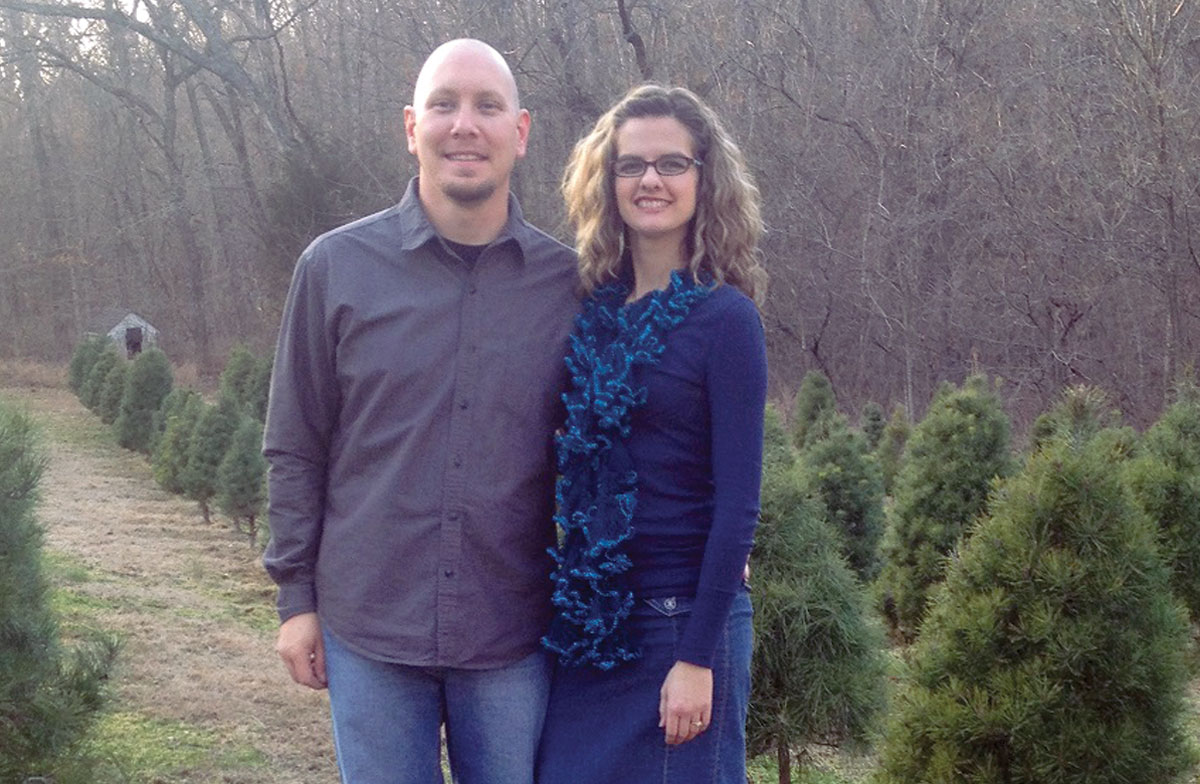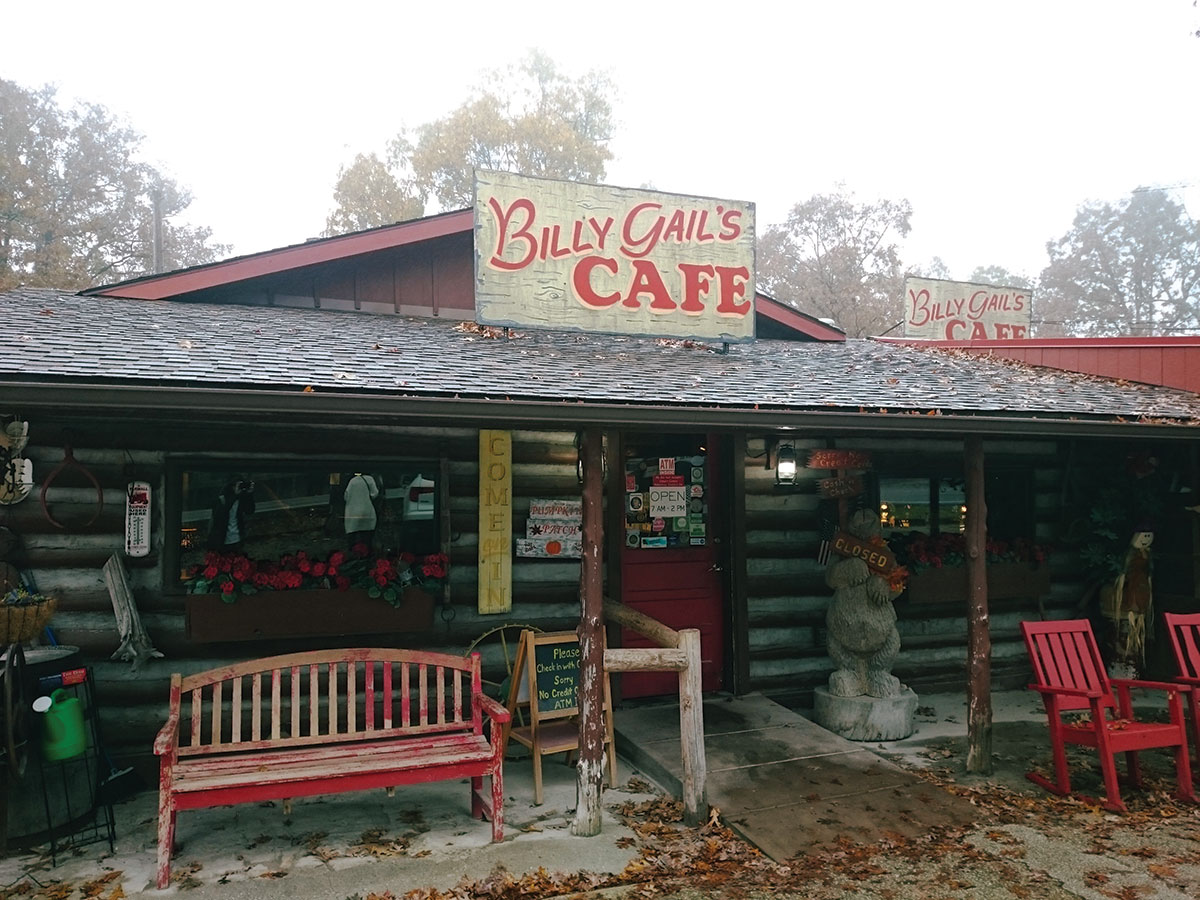
McDonald County, Mo., family has incorporated Christmas tree production into their 150-year-old farm
The Ozark Valley Christmas Tree farm is nestled along the sloping hills and lush river bottoms near Elk River in southwestern McDonald County, Mo.
It’s part of the Manning family farm homesteaded 150 years ago. In fact, tree farm owners, Jon and Charity Keith’s children, Tucker, Duncan and Annabella, are the seventh generation to live on the land. The 600-acre farm has always been a cattle farm, but the family wanted to do something different… something that mattered.
Charity’s parents live across the road and own Right Choices Corn Maze and Pumpkin Patch. Her father, Galen Manning, is the author of Make Right Choices, written in hopes of helping people understand the role they play in their own success or failure.
The vision to start a Christmas tree farm formulated in 2002, with their first trees being planted in 2004.
A story goes that Charity’s grandfather attempted to grow Christmas trees on two different occasions, but he only sold a couple trees out of 100. Today the family grows hundreds of mostly White Pine, Austrian Pine and Scotch Pine, region.
The biggest challenge is monitoring the trees, which take about six years to reach harvest age. Young trees are prone to weeds, so weed control is essential to their viability. Through trial and error, the Keiths have found planting larger seedlings cuts the grow time, allowing them to sell their trees sooner. Each tree is trimmed of straggler branches, giving it a Christmas postcard look.
Some diseases and critters, especially deer, are hard on young trees. One year, a suspected armadillo pulled up about 200 seedling plugs with root balls, leaving them lying next to the hole.
“After that we decided to stick with bare root seedlings,” Charity adds. “You cannot just plant a tree and leave it to fend for itself,”
The Keith’s also bring in trees that do not grow in Missouri, such as, pre-cut White Pines, Douglas and Fraser Fir, which average in price from $57 to $87, depending on height. The home grown range from $39 to $43 for 6-to 8-foot. trees. The field trees prove to be the most popular since people also want to make memories through selecting and cutting their special tree.
Cut trees last through the season, if you keep them away from heat sources that will dry them out and you ensure it gets sufficient water.
All trees have sap and evergreens are no different. It is important to note that if you don’t go straight home with your tree within an hour, you will need to cut a quarter-inch off the bottom, removing the hardened sap that prevents the tree from soaking up water.
According to the website, RealChristmasTrees.org, real trees have more value than just adding that wonderful pine scent to your holiday ambiance. Many wouldn’t consider growing Christmas trees as an agricultural venture, but growing trees is just another way to utilize land that is unsuitable for other crops. Tree farmers re-plant one or more trees for every tree cut down and because they are stewards of the land: the soil and water sources are also protected, all while providing natural protection for wildlife.
Even though artificial trees are re-useable, they are not friendly to the environment since they are petroleum based. Real trees are eco-friendly because they can be used for mulch, stop erosion, turned into a big birdfeeder or tossed in a pond to provide cover for fish.
“We have more trees than ever before and are finally through all our rotations with new trees growing in our first plot from 2004,” Charity said. “We now have the whole farm open for cut trees, which is exciting.”






